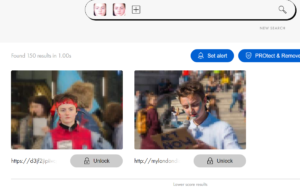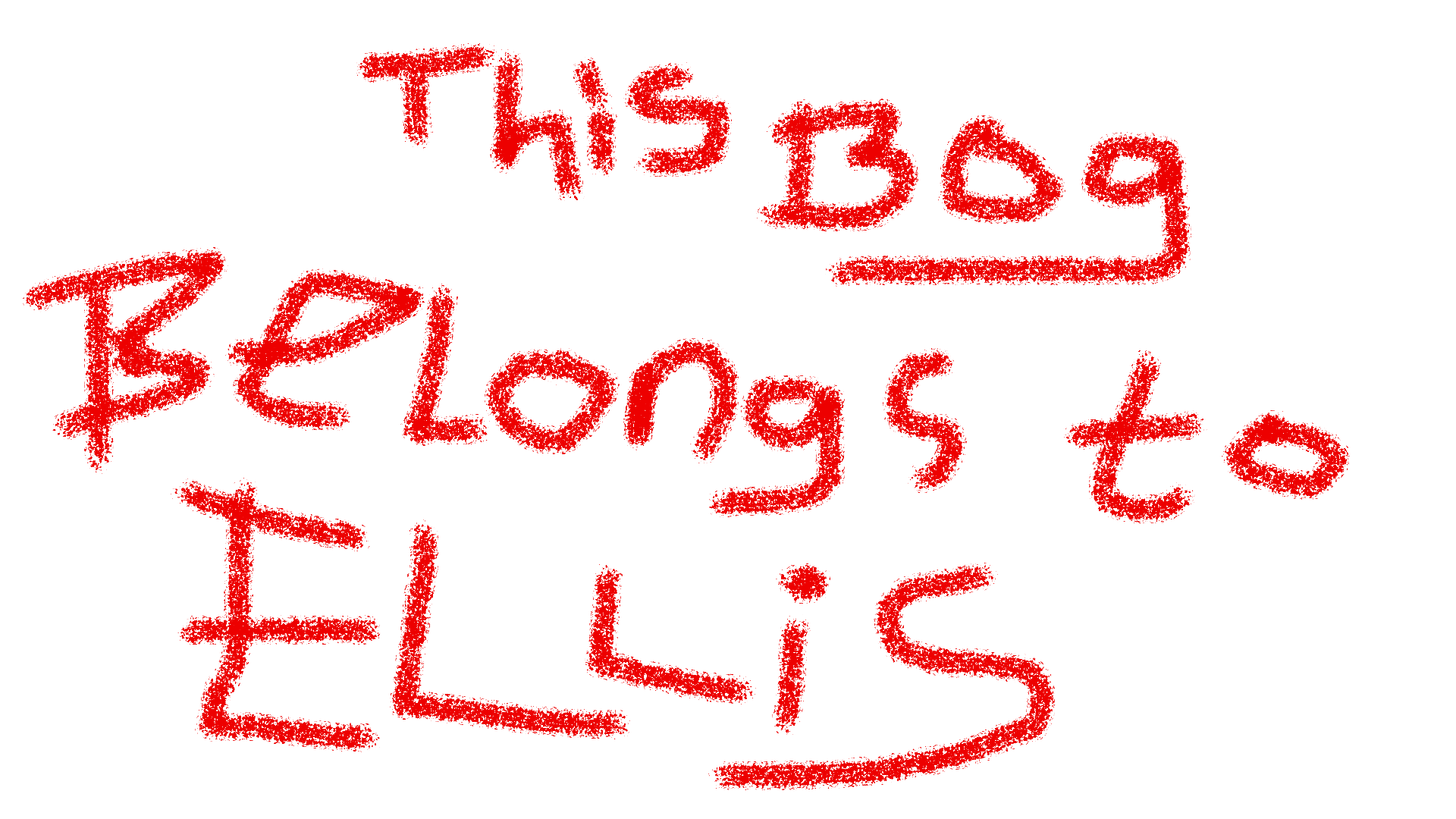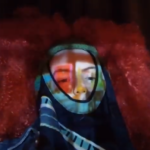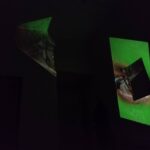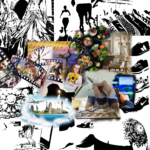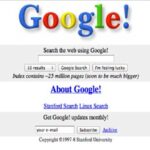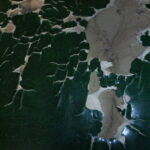Six Months Without (the internet) link link2
Nastja Säde Rönkkö spent six months without the internet in Sommerset House, London. She was living in one of the busyest and internationl cities in the world, but was abstaining from the iternet – not event using a cerdit card or asking people to search for stuff on her behalf.
Through this, she felt a temporary freedom from the algorithms and and the ‘greedy people’ that run them. “Big Data: what do they know and want from me and us?”
(Whilst being offline) “I noticed CCTV’s easier than before”
She found that she was still finding ways to waste time that made her feel guilty like before – such as reading articles in the paper that she wouldn’t usually look at, in comparison to the articles she would find on social media. In doing this, she still had the uncomfortable feeling that she was wasting her time. I see this as a result the capitalist conditioning that has produced the perception that time spent on anything other than commodity production is a waste.
The internet has changed what it means to be human, and in this experiment she wanted to challenge the 24/7 availableness that we have online.
Surveillance, Bias and Control in the Age of Facial Recognition Software link
This article discusses similar questions which had been raised in seminars I have previously participated in: CCTCA discussed the power museums hold in the way they collect and present their objects; archiving is relevant to Queer Studies as it’s a way to document queer existence and a frame from which we can analyse what has (and what hasn’t) been preserved from a queer perspective.
Lange asks, who controls the archive of faces?
“What is the future of our photos in an age when images – and the machine-readable data they contain – no longer belong to us?”
This article reminded me of the site PimEyes, which can use an image you upload of a face to find other incidences of it on the internet. I’d first heard about it in this video, which discusses how an old ARG in which the only given clue was a picture of someone’s face, was eventually solved.
